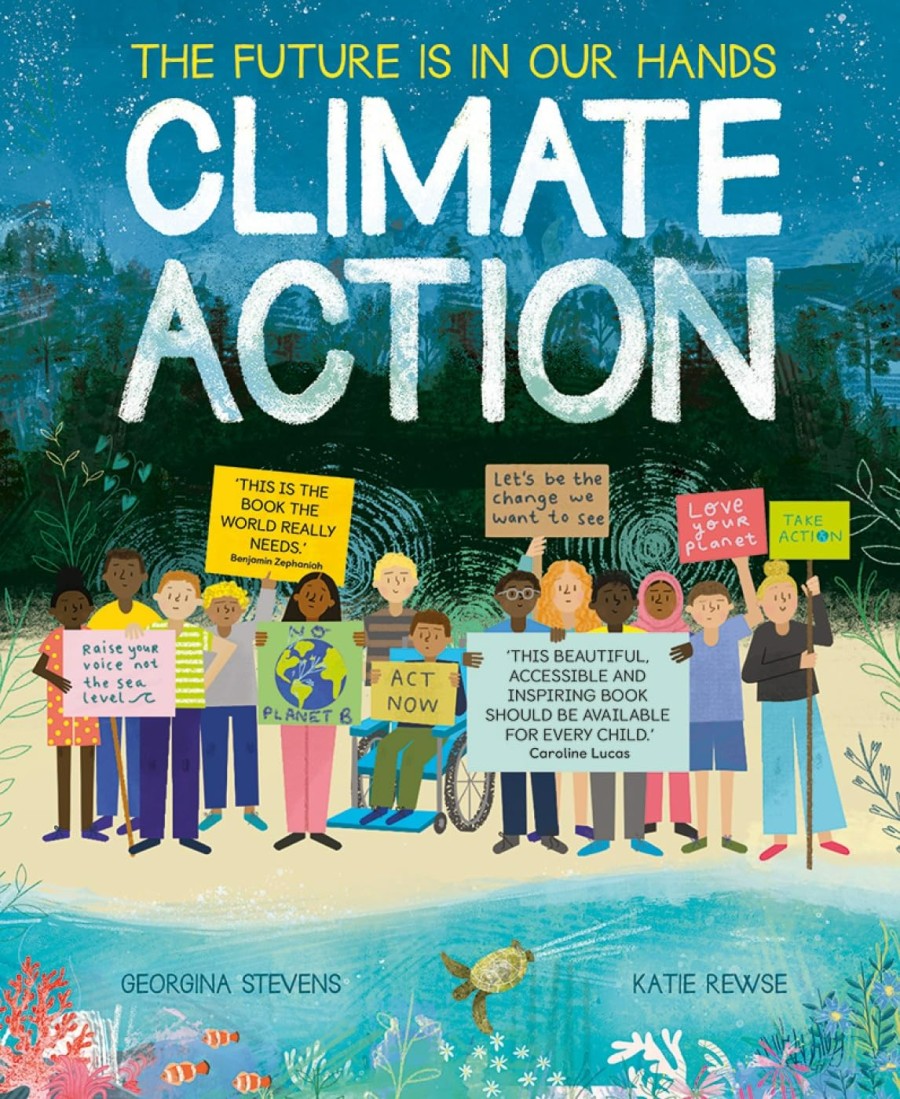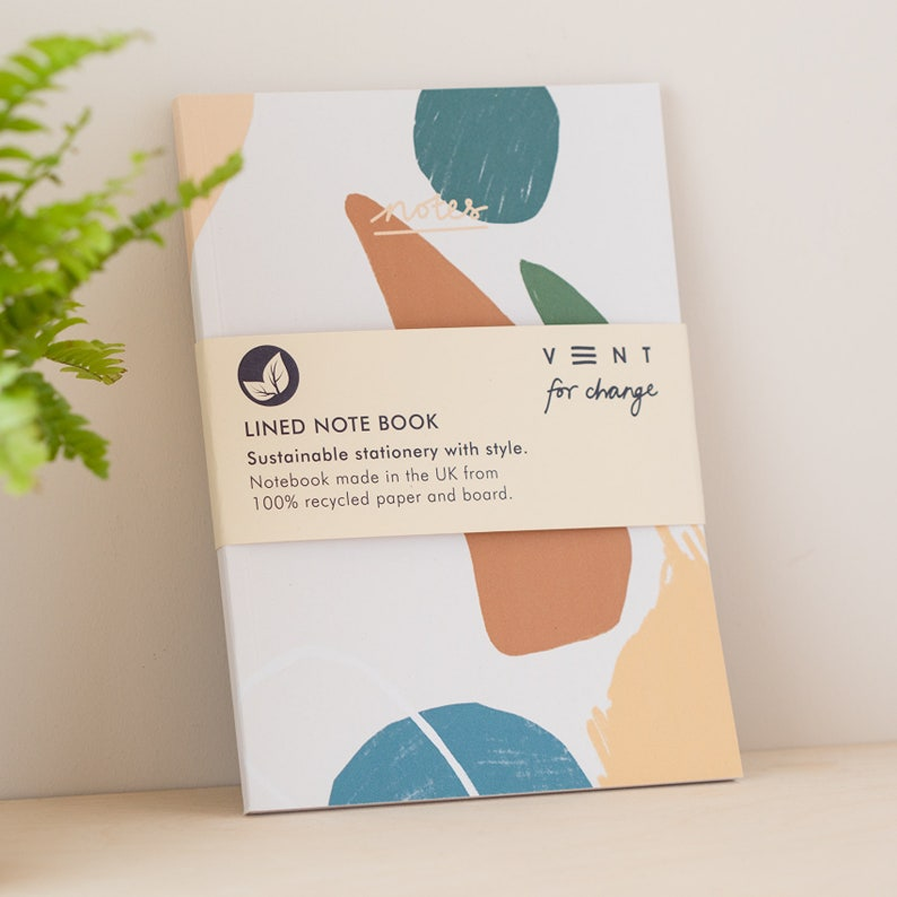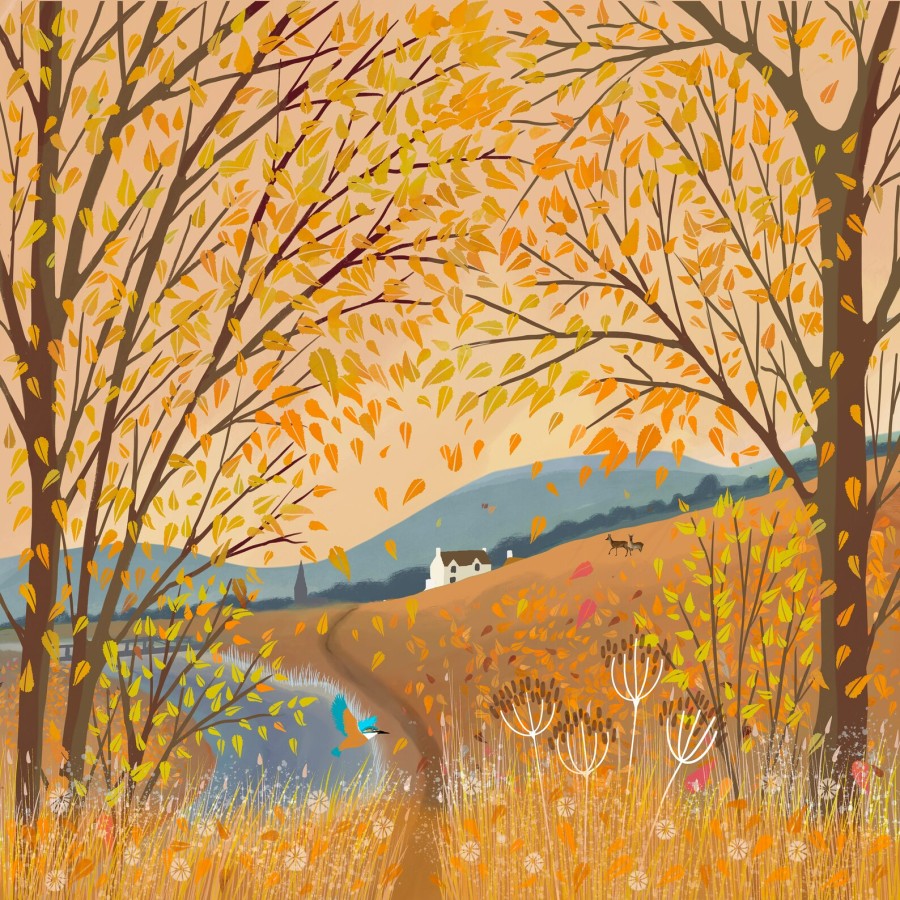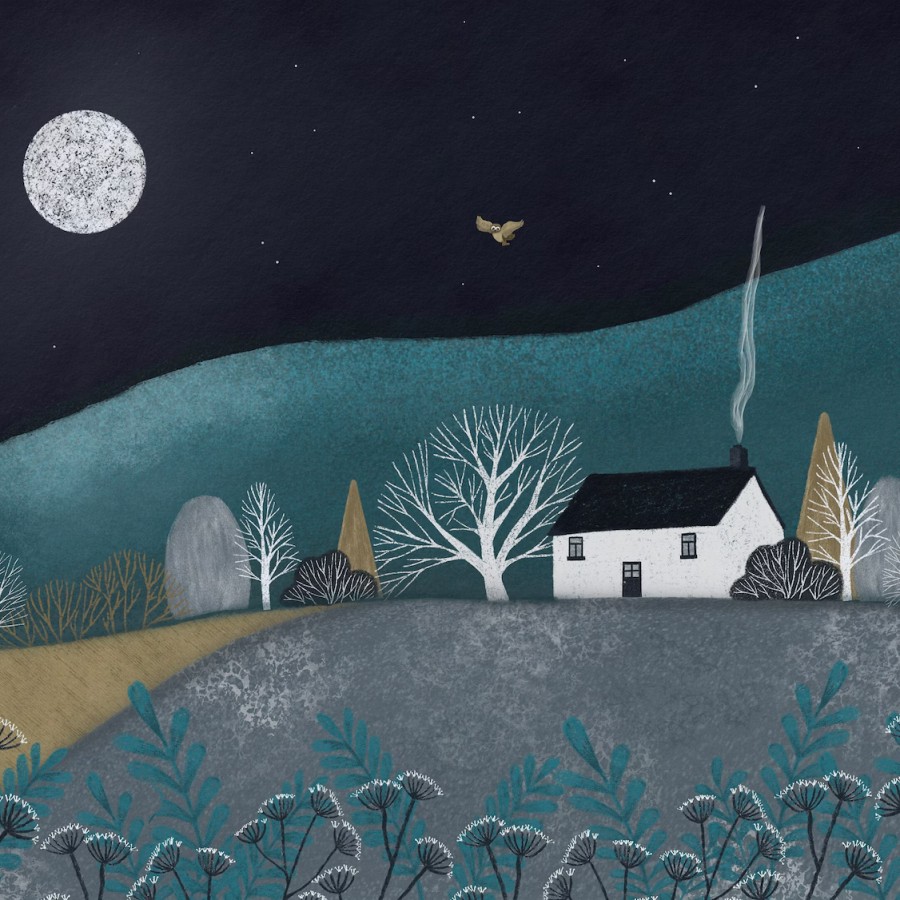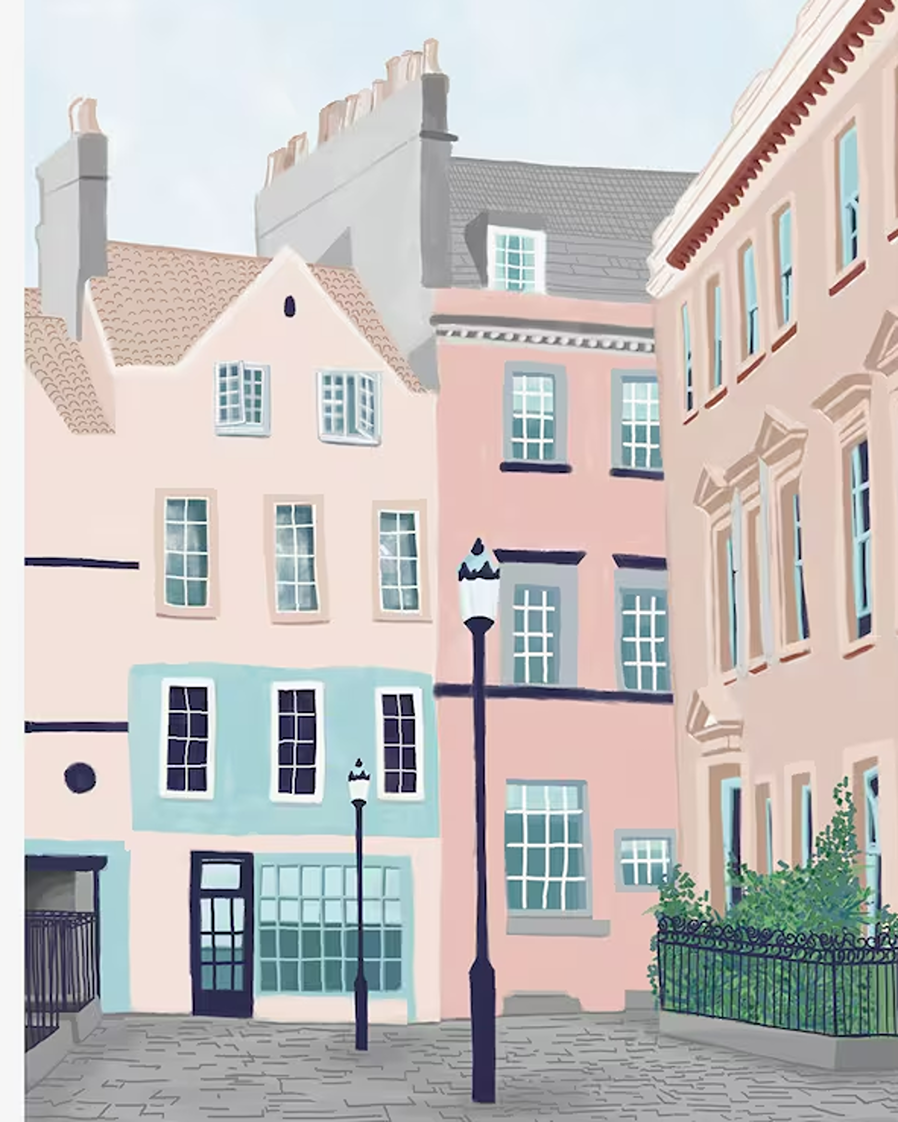
One of the best ways to get people healthy (physically and mentally) and reduce road traffic, is to create walkable communities. There is no point focusing on NHS waiting lists, while also promoting lifestyles where people have to drive to buy food or meet other people. Bogotá’s former mayor in Colombia ripped up the car budget and used it to build bus lanes, pavements, bike tracks and parks (resulting in 50% reduction in road traffic). It’s also importanat to install wildlife-friendly lighting to ensure walkable communities are safe for vulnerable people to get around.
An advanced city is not one where even the poor use cars. But rather one where even the rich use public transport. Enrique Peñalosa
The best way to create walkable communities is likely to read these books (and stand as a councillor to implement the ideas). Or campaign for these ideas and give one or more of these titles as ‘birthday books for your councillor or town planner!’ It’s not that they don’t want to create walkable communities, it’s likely they don’t have the knowledge or vision to do so (it would cost less long-term than mending endless pot holes on roads).
Beyond Greenways is a book on how town planners can create better city trails and walking routes. People should be able to walk to their favourite restaurant or set out with a rucksack to the city edges for fresh air and nature. Despite the benefits of walking, many people don’t simply because there are no safe local places to walk. Paths should be wide enough for two people to stroll together, and stitch together urban and suburban areas (the Alabama town of Mt Laurel is so well-planned, you can walk from your home to the market, park and fire station).
For green spaces, avoid toxic plants near pets (also don’t plant in railings, where nocturnal wildlife could get trapped). Avoid facing indoor foliage to gardens, to help stop birds flying into windows.
Inclusive Transportation means communities within walking distance of shops, education and jobs. It’s a fact that the poorest in society end up in ‘food deserts’ (where the ‘local grocery’ is likely a NISA shop selling frozen pizza and not much else). And those who plan neighbourhoods that end up with pollution and dangerous roads (and the longest-travel-times) to meet daily needs, often don’t live there themselves.
Streetfight is a book by a woman who against big opposition, turned an area of New York City from gridlocked traffic, to a pedestrian paradise. Now it’s an area for walking, cycling, buses and green spaces. The book is a manifesto for other places to do the same, with practical tips to make streets safer and nicer to live. Examples include pocket parks in Mexico City and LA, walking-friendly communities in Auckland and Buenos Aires and bike lanes in Indianpolis and San Francisco.
The 15-Minute City is a super book on who to make public transport better, to spend less time commuting, and make our time our own. The author looks at how you should be able to reach anywhere (shops, work, the park, the doctor) within that time, with no need for a car.


